6. Stranger by the Lake (2013)
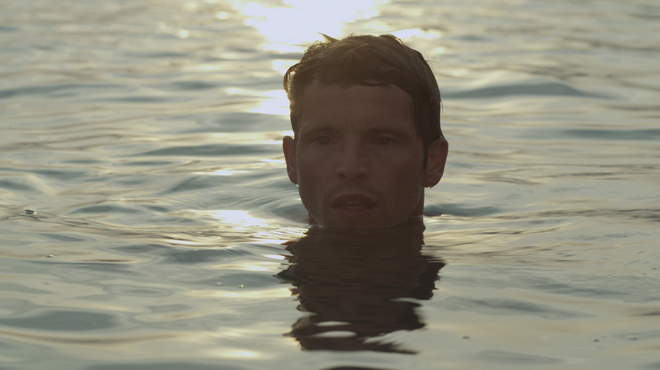
French thriller Stranger by the Lake (L’Inconnu du Lac in French) is a mysterious, erotic, and dreamlike masterpiece of gay cinema. Winning at the Cannes Film Festival for his directorial efforts, Alain Guiraudie slowly steps up the drama as Franck, a slender young gay man, spends the summer at a rural French cruising spot, searching for a potential pick up. Unfortunately, you can’t help whom you fall in love with, and in this instance, Franck falls in love with Michel, a good-looking but dangerous man.
The stunning cinematography by Claire Mathon and the beautiful vistas of Sainte-Croix in Provence are shattered by a violent and brilliantly realised murder – a murder that Franck observes but about which he remains silent.
Director Alain Guiraudie creates a steamy world of desire, troubled love and murder, allowing the viewers to become participants, even voyeurs. Naked men stroll around the beach, skinny-dip in the lake and we, as willing voyeurs, gaze into a vista of warm summer days of gay eroticism. The performances throughout the film are a real highlight and serve the film well. Newcomer Pierre Deladonchamps is in fine form as the lovesick Franck. Good too is Christophe Paou as Michel. There is also excellent support from Patrick d’Assumçao as Henri, an older, lonelier man Franck befriends on the beach.
Stranger by the Lake is absorbing, atmospheric and captivating. Guiraudie’s direction is subtle and remote, bringing you to the beachfront only to reveal a corrupt world of murder and forbidden love. Undoubtedly, it’s a slow burner, drawing you ever closer into Franck and Michel’s milieu, essentially a meditation on one hot summer in France.
7. I Saw What You Did (1965)
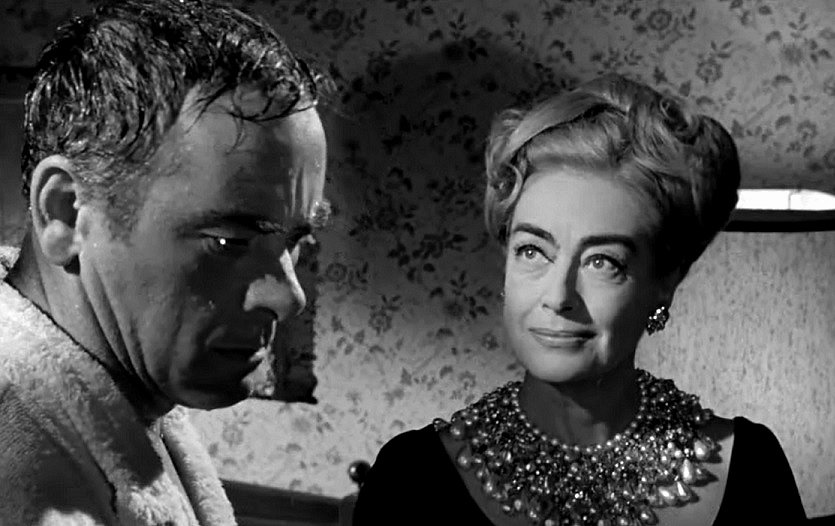
William Castle was a Poverty Row Hitchcock who appeared in his own trailers and thrived on supplying his films with a string of gimmicks. In the trailer for I Saw What You Did, a tired-looking William Castle proclaimed that cinemas should install seatbelts for each cinema patron – “so you won’t be shocked out of your seat”. A few years on from the celebrated gimmicks of The Tingler and 13 Ghosts, it seemed that Castle’s trademark gimmicks were wearing a little thin.
The film itself has a lot more to offer; the premise is simple in design if perhaps a little laboured in its execution. Two teenage girls and a young child are left alone at home. For kicks, they pick random phone numbers from the phone directory and make prank phone calls. It’s all fun and games until they randomly phone Steve Marak (John Ireland) and tell him, “I saw what you did, and I know who you are”. Unfortunately, Steve has just murdered his wife and buried her body. So Steve, believing his heinous crime has been witnessed, sets out to find the witnesses.
Actress Joan Crawford, who had a memorable role in Castle’s Strait-Jacket the previous year, turns up here as a lovesick neighbour and offers up another solid if slightly hammy performance. Crawford seems to be in the cast only to help finance the film and is superfluous to the plot. Far better are Andi Garrett and Sara Lane as the two naughty yet cute teenagers mixed up with a murderer. I Saw What You Did is a curious film; it swings from violent terror to situation comedy, all tied together with a bizarre music score – a strange but entertaining late-night thriller.
8. Breakdown (1997)
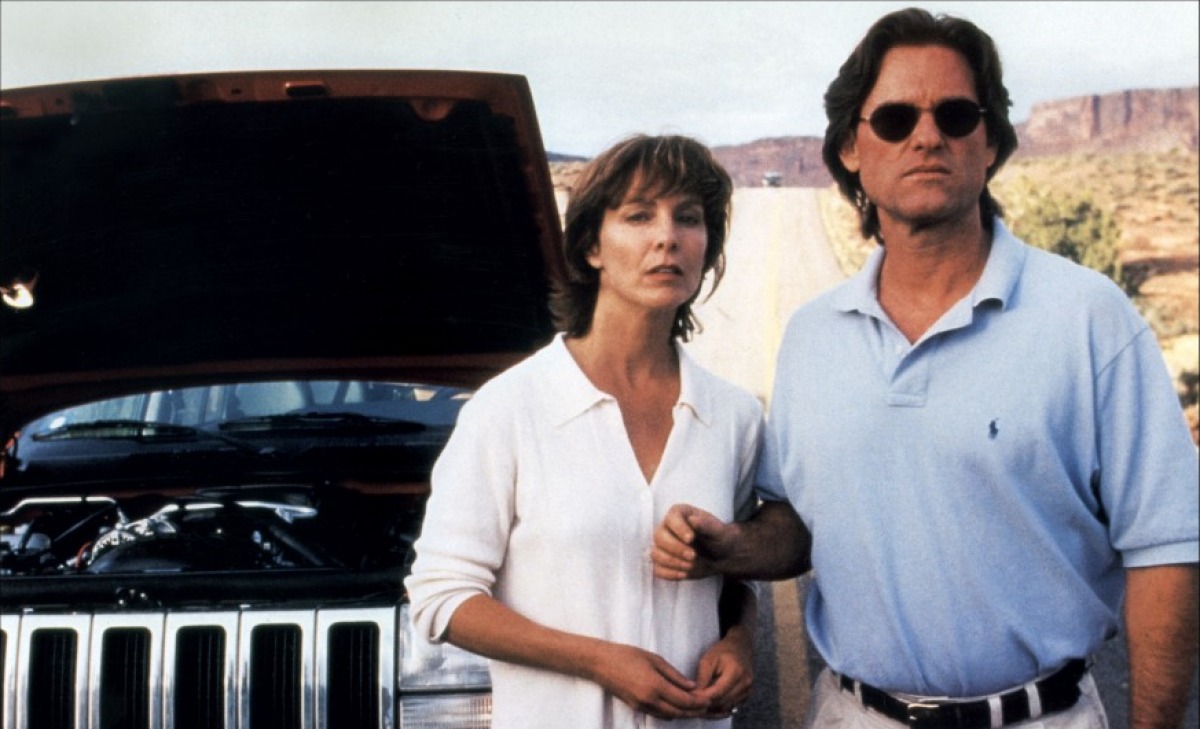
Driving across the desert on their way to San Diego, Massachusetts couple, Jeff Taylor (Kurt Russell) and Amy Taylor (Kathleen Quinlan) have a close call when a pick-up truck pulls out in front of them in the middle of the road. Later, Jeff meets Earl, the driver of the same pick-up truck and endures a tirade of abuse. Back on the road and in the middle of John Wayne country, the car breaks down, and Amy accepts a lift from a stranger to go to Belle’s Diner and call for a tow truck. Jeff waits by the car and finally manages to get the car fixed, but when he goes to the diner, he can no longer find his wife. Lost, and unable to find his wife, Jeff searches for answers.
Kurt Russell’s stature and bankability as a leading man were diminishing by the late 1990s, but the actors’ star quality was nonetheless still shining bright. Moving away from his more action-oriented Snake Plissken persona, Russell does an admirable job as a fish out of water, stuck in the desert, searching for his kidnapped wife. It’s that old-fashioned but welcome idea of putting a well-known movie star through a series of risky onscreen escapades, with a knowing audience willing him on till the final reel. The opening of Breakdown echoes George Sluizer’s The Vanishing, produced a decade earlier, before dropping that more subtle idea as a sweaty Kurt Russell turns into his own version of John McClane but in cool shades and dusty chinos. Overall, Breakdown weaves some old-fashioned stunts and good performances through a pacy running time of ninety minutes, resulting in the best Kurt Russell film of the 1990s.
9. Narrow Margin (1990)
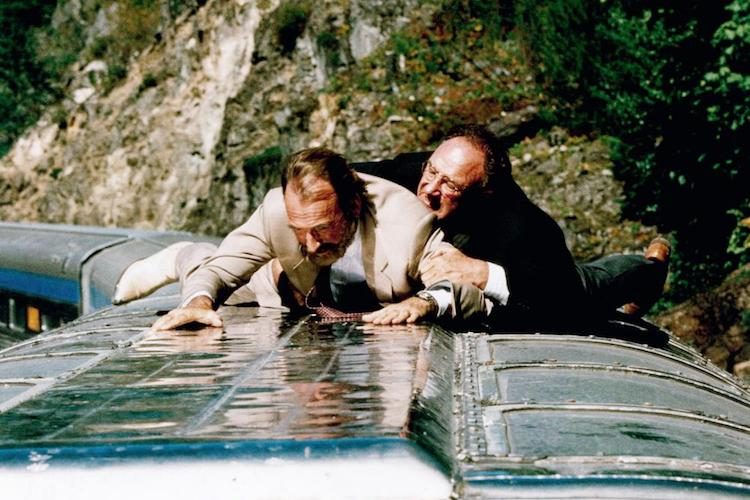
Aided by an atmospheric music score and equally good title sequence, Narrow Margin begins promisingly as Carol Hunnicut becomes an unwitting witness to a murder orchestrated by mob boss Leo Watts. Aware that Carol can testify in court, no-nonsense lawman Gene Hackman turns up as deputy district attorney Robert Caulfield, who finds Carol hiding in the Rocky Mountains. It’s not long before Carol’s idyllic cabin hideaway is riddled with bullets by some trigger-happy bad guys, with Caulfield soon finding refuge on board a train destined for Vancouver.
Narrow Margin is an often overlooked 90s thriller, brought to the screen by genre specialist Peter Hyams. The film is based loosely on the 1950s classic, The Narrow Margin, directed by Richard Fleischer. Hyams already had a back catalogue of some impressive entries into the thriller genre, such as Capricorn One, Outland and The Presidio. With Narrow Margin, Hyams hits all the right notes; it’s claustrophobic, tense when it needs to be, and best of all, well cast. Gene Hackman adds real depth as the one good lawman trapped on a train in the middle of nowhere, with James Sikking offering a measured performance as a dapper hitman and JT Walsh suitably cast as a scheming lawyer.
Produced in the late 1980s and released in 1990, arguably during the golden age of the action thriller, Narrow Margin has remained under the radar. The film, however, has much to recommend it; Bruce Broughton’s score, which echoes Michael Small’s work a decade earlier (Marathon Man, The Parallax View), helps move things along as high octane stunts, typical of the era, permeate the climax.
Let’s face it, Hackman is always worth watching, and a film directed by Peter Hyams, who should have a cult following as a director, as his résumé suggests, is always worth checking out.
10. A Lonely Place to Die (2011)
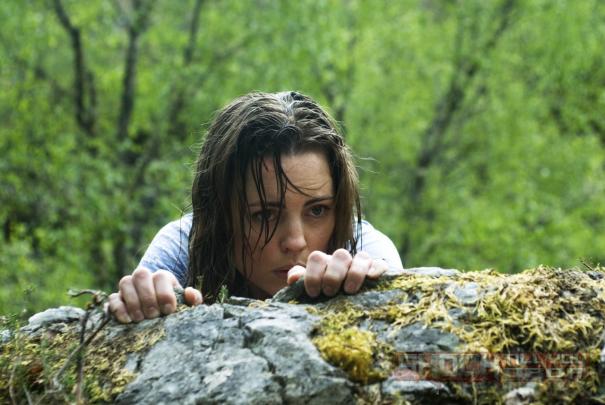
Deep in the Scottish highlands, while trying to get the perfect photograph, Ed loses his footing and plummets down a mountain. Alison and Rob, the two more experienced climbers along with him, come to his rescue, and the trio meets up with two other hikers at a remote farmhouse. The following morning, the film builds up the suspense as the group finds a young schoolgirl buried in a hidden chamber. The girl has been kidnapped, and the group must decide their next move in a deadly game of cat and mouse.
Since the early days of Wes Craven, audiences have grown weary of this type of narrative and would be half expecting British director Julian Gilbey to set up his 2011 thriller as a kind of The Scottish Hills Have Eyes. Certainly, as the group is seemingly chased through the wilderness by two gun-toting locals, it looks this way.
But the narrative switches gears halfway through as the film becomes more about the kidnapping of the young schoolgirl Anna. We also get a new protagonist; actor Eamonn Walker successfully channels Idris Elba and gives us his best Luther impression as he tries to track down the missing girl. The rest of the cast is strong too, particularly Melissa George as Alison and Ed Speleers as Ed, and Sean Harris is utterly terrifying as the main bad guy – the film is well worth watching for his performance alone.
A Lonely Place to Die contains some visceral action and some inventive storytelling by the Gilbey brothers, and the impressive climbing scenes only highlight the stunning cinematography by Ali Asad. A Lonely Place to Die closed the prestigious FrightFest festival in 2011 and is probably a cult film in the making.